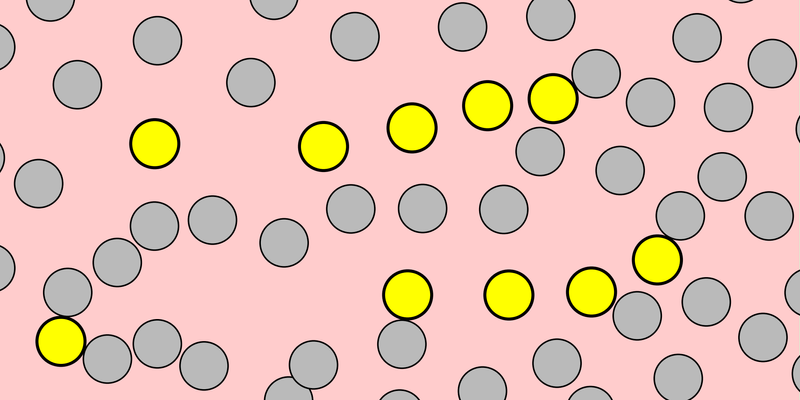Robots Find Their Way Through Crowds
Associate emergenCITY PI Roderich Groß presents study in cooperation with the University of Sheffield
Associate emergenCITY PI Roderich Groß presents study in cooperation with the University of Sheffield

Robots are able to navigate efficiently through human crowds using a clever interplay between independent and cooperative behavior in such a way that they disturb the people around them as little as possible. This is the result of a study by TU professor and associated emergenCITY PI Roderich Groß.
“Whether in factories, hospitals or disaster areas – groups of robots will increasingly operate in human environments,” explains Groß, associate research leader in the Cyber-Physical Systems program area at emergenCITY and head of the Resilient Cyber-Physical Systems department at the TU’s Department of Computer Science. “One problem, that has not yet been fully solved, is how they can do this safely and efficiently, especially in fairly dense crowds.”
Together with researchers from the University of Sheffield, Groß’s working group presented a study on this topic at the renowned Distributed Autonomous Robotic Systems conference in New York on October 29. The researchers simulated groups of robots encountering different types of crowds. In the simulations, the people either stood still, moved towards the robots or crossed their path at right angles. In addition, the tests were carried out with different numbers of people moving in the same space as the robots.
Three behavioral strategies were tested: The independent strategy, in which each robot made its way through the crowd independently; the cooperative strategy, in which the robots formed a column and followed the leader; and the adaptive strategy, in which the robots switched autonomously between the first two strategies depending on the situation.
The simulations with up to 200 robots showed that the robots that used the cooperative strategy to move through crowds of people standing or approaching them caused fewer disturbances and that this strategy proved to be more effective in dense crowds. The independent strategy, on the other hand, was superior when there were only a few people in the vicinity of the robots. In situations where people were moving at right angles to the robots, the independent strategy was more successful in both aspects. The adaptive strategy combined the advantages of both approaches and performed particularly well in all scenarios without greatly affecting the crowds.
“The cooperative strategy proved effective for robots moving through crowds, with the added benefit of maintaining the communication network between the robots,” explains the study’s first author, Jahir Argote Gerald. “Nevertheless, we found conditions where robots navigating alone through the crowd performed better than robots navigating cooperatively through the crowd. This prompted us to develop an adaptive strategy that worked well under all conditions considered and did not disturb the crowd too much.”
Next, the scientists plan to develop formal safety guarantees through improved methodologies and validate the results in real-world environments. As the results so far are based on simulated crowds, further research is needed to transfer the methods to navigation through real crowds. Here, the robots must determine the positions of people independently and in real time. In addition, it must be ensured that the robots behave safely even if the behavior of individual people differs greatly from that of others in the crowd.
The study is available here. Information on the Distributed Autonomous Robotic Systems conference can be found here.
Groß/von Trzebiatowski/sip - TU Darmstadt Edited by jd